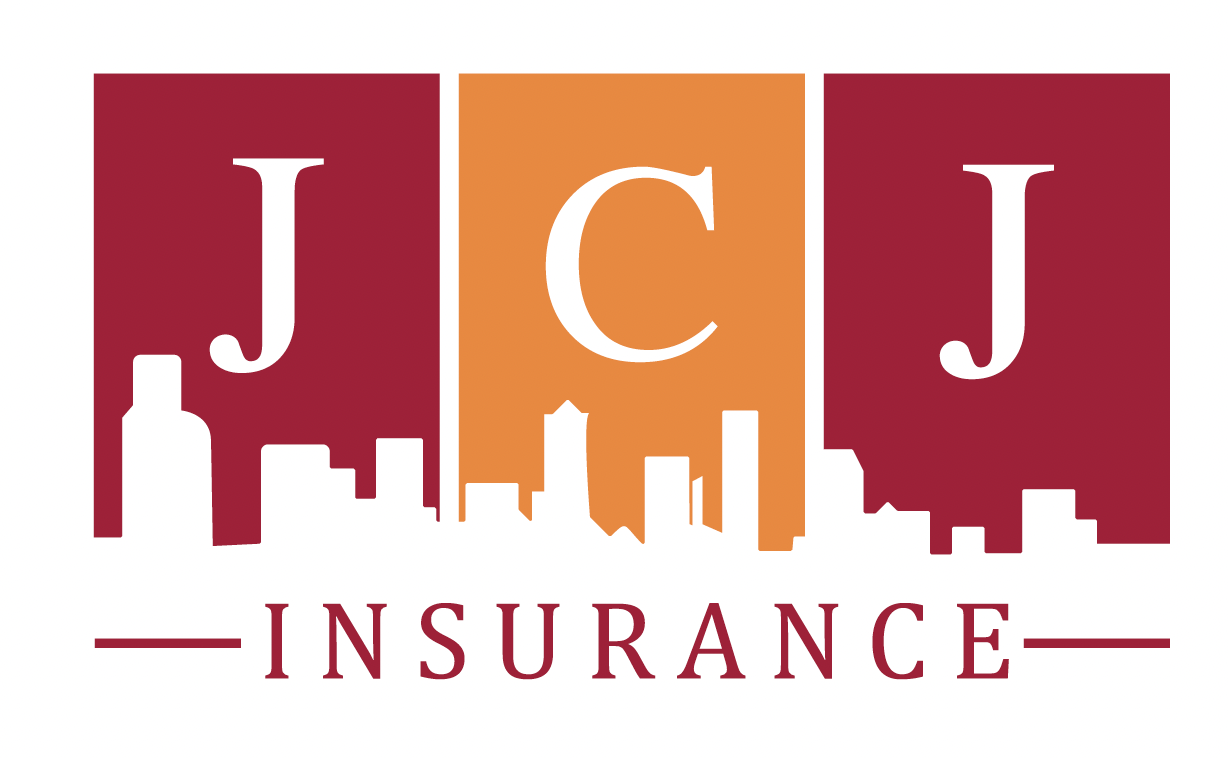By Mark Jackson and Erin Johnson, JCJ Insurance Agency
When retaining subconsultants for a project, it is important for design firms to have a written contract. These contracts typically include scope of service, fees, payment provisions, and insurance requirements. The insurance requirements provision of a contract outlines the types of insurance policies, limits of insurance, and other terms and conditions that are needed. Oftentimes, your prime agreement requires subconsultants to assume the same obligations and responsibilities as in the prime agreement. If your prime agreement with the owner contains more stringent insurance requirements than your standard subconsultant agreement, you may need to pass that liability through to your subconsultants. Once your subconsultant agrees to the terms and conditions, how do you verify compliance?
The easiest way to confirm insurance coverage is through a document known as a Certificate of Insurance. A Certificate of Insurance (COI) is a one-page form that summarizes information about your subconsultant’s insurance policies. It provides a snapshot of the types of coverage, effective dates, and limits of insurance. Many firms use the COI to ensure that the subconsultant has the correct limits – for example $1,000,000 of Professional Liability coverage. However, checking limits and then putting the COI in the project file will not suffice. While the insurance limits are important, design firms also need to make sure that their subconsultant satisfies the rest of the insurance obligations.
In addition to certain limits of insurance, most contracts require specific insurance coverages, such as Additional Insured status. When your firm receives a COI, the document needs to be compared to the contract to make sure the subconsultant is in compliance. Below is a brief description of the most common insurance requirements:
Additional Insured – This is an agreement to name your firm as an insured under the subconsultant’s General Liability and Auto Liability policies. Their insurance company agrees to provide coverage for claims against your firm that are caused by your subconsultant. The most common way to provide this valuable coverage is through a blanket additional insured endorsement, which automatically provides additional insured status when required by a written contract.
The Additional Insured status is not available for Professional Liability claims.
Waiver of Subrogation – This clause provides clarification that the consultant’s insurance company will waive their right to subrogate against the design firm and/or owner in the event of a claim. This means that the insurance company will not attempt to get reimbursed for the portion of the claim that was paid on your behalf as an Additional Insured. Waiver of Subrogation is available with the General Liability, Auto Liability, Worker’s Compensation and Professional Liability policies.
Primary and Non-Contributory – The Primary and Non-Contributory clause clarifies the order in which the insurance policy will respond in the event of a claim. When you are listed as an Additional Insured on your consultant’s policy, you want their policy to respond first. With the non-contributory language, your policy will not contribute to the claim until the consultant exhausts their policy limits.
Tracking insurance for contractual compliance can be time-consuming; however, it is a critical risk management component. You are vicariously liable for the actions of your subconsultants. Ensuring that your subconsultants have the correct insurance coverage helps reduce your financial exposure in the event of a claim. It can also prevent a breach of contract claim from an Owner for failure to require the proper insurance from the design team.
An insurance broker that specializes in insuring architects and engineers should be able to assist your staff with the proper procedures for reviewing Certificates of Insurance. At JCJ Insurance, we offer a fee-based certificate tracking service for our clients. JCJ Certificate Tracking Service handles the responsibility of tracking your subconsultant’s contractual obligations regarding required insurance coverages, endorsements, and other contract specifics.
Mark Jackson is a founding partner of JCJ Insurance Agency. Mark specializes in professional liability and other commercial insurance for architects and engineers. Mark provides an array of services, including contract review and continuing education seminars. He serves as President for a/e ProNet, a network of insurance brokers and attorneys who specialize in serving design professionals. Mark graduated from UCF and has earned the Associate in Risk Management (ARM) designation from the Insurance Institute of America.
Erin Johnson is a founding partner with JCJ Insurance. Erin provides professional liability insurance and risk management services for architects and engineers. She is involved in multiple organizations that support the A&E industry including a/e ProNet, AIA, FES, ASCE, and CREW Orlando, where she is a past board member. Erin graduated from Georgia State University and has earned the designation of Registered Professional Liability Underwriter (RPLU).
